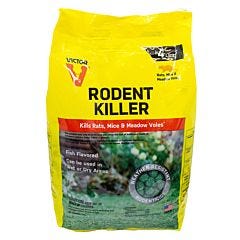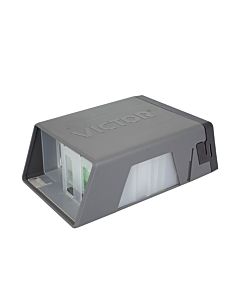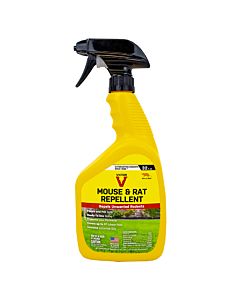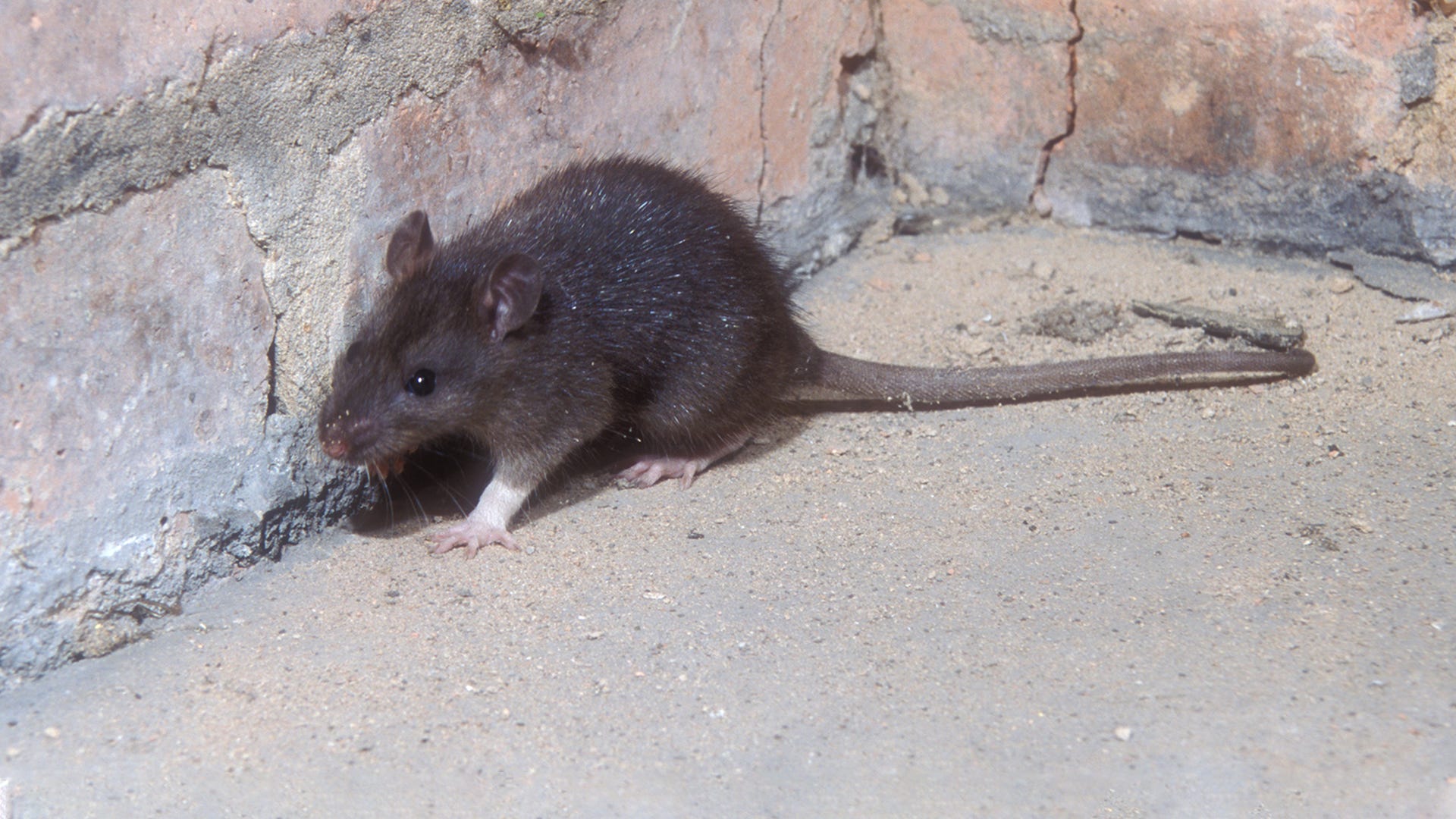
While some people have little to no problem with rodent pests, there are certain areas of the United States that are more prone to rodent problems than others. One of those areas is the southern third of the United States and the coastal states. If you live in these zones, your attic may become the target of roof rats, which can create a variety of problems for your family and property. If you think you have roof rats, makes sure to check out our control options below.
Beware of Roof Rats in the Attic
Roof rats are known by a variety of other names, including palm rats, fruit rats, ship rats and Alexandrian rats.
Both roof rats and Norway rats, a stockier variety of rat, can infest homes. For effective pest control, you need to determine what type of rat is scurrying around your attic. Roof rats differ from Norway rats in several ways. Let’s look at some of these differences.
Size
Unlike the Norway rat, which is also known as a sewer or brown rat, roof rats are smaller in size and their tails are longer than their bodies. They grow up to 18 in in length, including their tail, and weigh at least 5 oz.
Appearance
Roof rats are generally black in color, while Norway rats are brown or gray. Roof rats have smaller and sleeker bodies than Norway rats, and their fur is smooth. Other roof rat features include large ears with very little hair and pointy faces.
Nesting Areas
Unlike other rat species, roof rats are also good climbers and build nests above ground, not underground in burrows. Outdoors, you can find roof rats nesting in trees, shrubs, wood piles and dense vegetation. Indoors, roof rats like to build nests in the upper areas of the home where it’s kept warm by rising heat. You may find them nesting in various places inside the home, including:
- Attics
- Cabinets
- Ceilings
- Garages
- Inside walls and sheetrock
- Laundry rooms
- Patios
- Pool areas
Their living space must provide them with enough water to sustain life.
Diet
Unlike other rat species that often prefer to eat meat scraps and high-protein foods, the diet of roof rats is similar to that of squirrels. This means they mainly eat nuts and fruits, but, just like other rat species, roof rats are omnivorous. They will eat just about anything if they are hungry enough, including:
- Ornamental plants
- Dog and cat food
- Feed for cows, swine and chickens
- Vegetables in the garden
- Nuts
- Seeds
- Tree bark
- Insects
- Lizards
- Paper
- Candle wax
These rats are also hoarders and stash nuts and seeds in their nesting areas for later use.
Water sources for roof rats include:
- Bird baths
- Leaky pipes
- Air conditioning condensation drip line
- Pets’ water bowls
- Saucers under potted plants
- Irrigation lines
Roof rats will also chew through plastic and metal pipes to get water, which can lead to serious structural damage.
Recommended Roof Rat Solutions
Signs of an Infestation of Roof Rats
You won’t always see roof rats because they are nocturnal and forage for food at night. However, you need to know the signs of infestation that can alert you to their presence. Once found, you can take the proper control measures.
One of the most obvious signs of an infestation is roof rat droppings. Roof rat droppings are smaller than those of Norway rats. The droppings are about 0.5 in long with pointed ends. Other signs of a roof rat infestation include:
- Gnawing or scratching noises in the attic or walls
- Gnaw marks around the home’s roof or eaves
- Spotting them running on tree limbs, power lines, roofs, patios, and in fruit trees
- Hollowed-out fruit if you have fruit trees
- Gnawing damage to electrical wires in the home
- Pets showing signs of stress and agitation
- Grease trails and marks as they travel regular routes through the home
- Nests found in the insulation of your home
Once inside, the roof rat population can grow rapidly. A female can have a litter of five to eight babies. In warm, tropical regions, roof rats breed year-round, and females can have up to three litters a year.

How Do Roof Rats Get Inside a Home?
Roof rats are good climbers and nest up high. They use tree limbs for traveling and easily get into your attic if there are open areas to squeeze through. Roof rats can also get into your home in other ways, including:
- Climbing vines near the home
- Traveling along power lines
- Climbing rough surfaces, such as brick and concrete blocks
Once they get to your home, all they need is an opening about the size of a nickel to squeeze through. They often enter homes looking for food and to hide from predators. Roof rats have many natural predators, including:
- Snakes
- Birds of prey
- Dogs
- Cats
- Coyotes
- Owls
- Other rats
Are Roof Rats Dangerous?
All rats can show aggression when they feel threatened. They may bite or chase you. A bite from a roof rat can transmit disease to you, including rat-bite fever which is spread to humans through a bite or scratch. Symptoms of rat-bite fever occur within a few days to a few weeks. Sometimes the bite or scratch is already healed when symptoms begin, so it’s important to know what they are:
- Rash
- Vomiting
- Headache
- Fever
- Muscle and joint pain
Be aware that some diseases spread by rodents can be fatal to humans if not properly treated.
Their droppings and urine can spread disease. At this time, roof rats have not been connected to Hantavirus pulmonary syndrome, but you should still take precautions when cleaning up droppings and urine since you may have misidentified your rodent problem. Hantavirus is spread to humans when they inhale air near rat saliva, droppings, or urine.
You can also become ill from fleas that once fed on rats. When a flea bites a rat and then bites you, it can transmit diseases such as plague and tularemia.
What Damage Do Roof Rats Cause?
Besides leaving droppings and urine that create a health hazard, roof rats can also cause damage to your home. Roof rats chew holes in your soffit and eaves to gain access to the attic. Once inside, they can cause all sorts of damage by:
- Chewing on wires and causing electrical and fire hazards
- Gnawing on wood beams in the attic
- Chewing on pipes and causing water damage
- Trampling down insulation, decreasing its usefulness
Getting Rid of Roof Rats?
If you notice signs and sounds of a roof rat infestation, you have several options to get rid of these pests. Trapping or repelling roof rats can effectively reduce the pest population in your home. You have several options in commonly used rat traps – snap traps and electronic traps – as well as repellent options.
Baiting Rats
Baiting is an important part of using traps, and with the right bait, it’s easy to tempt these pests. Roof rats prefer a different diet than other types of rats, so you should use any of the following for bait:
- Dried fruit (best)
- Nuts (best)
- Berries
- Dental floss or other nesting material
- Insects
- Peanut butter
- Snail shells
Rats are often very cautious of new food sources popping up in their surroundings. To lure them to the trap, bait it without setting it for a few days so the rats come to trust it as a safe and reliable food source.

Snap Traps
Snap traps may seem like an old-fashioned way to catch rats, but they remain very effective. These traps have a metal bar that snaps down on and kills the rat. Each trap kills one rat, so you need to set several traps to significantly lower rat populations. There are some advantages to using snap traps:
- They're disposable
- They’re reusable, if you so choose
- You can use them indoors and out
- They’re non-toxic
- The dead rat is visible so you can confirm the kill
You want to be cautious when using these traps in homes with children and pets since they snap shut with tremendous force. You also have to take precautions when disposing of the rat carcass.
Electronic Traps
Electronic traps are a more modern option. They are a humane and non-toxic way to deal with rats. These traps use a high-voltage shock to kill the rat. These indoors-only traps have some great benefits:
- They’re reusable
- The dead rat is not visible, yet easily disposable
- They have a blinking light to indicate a kill
- They’re safe to use around kids and pets
Victor® has a variety of electronic rat traps. These traps are easy to bait and set, and disposing of the carcass is easy, so there’s no mess:
- Rat Zapper® Ultra zaps rats using 8,000 volts. A flashing red light alerts you to a kill. The trap requires 4 D-cell batteries, and you can get about 60 kills on one set of batteries.
- Electronic Rat Trap uses fewer volts, 7,000, but is still lethal, drawing from 4 C-cell batteries as its power source. It has a flashing green light to indicate a kill and can deliver about 50 kills per set of batteries.
- Rat Zapper® Classic runs on 4 AA-cell batteries, with about 20 kills per set of batteries. It uses 8,000 volts and has a blinking green indicator light (the old version with a plug has a red indicator light).
Ultrasonic Devices
Ultrasonic repellents work by emitting non-repetitive, high-frequency sound waves that deter rodents so they don’t enter your home. The sound is terrible for rodents but does not bother humans and most pets. Dogs, cats, and fish are not bothered, but you’ll need to move your hamster or guinea pig to another room.
Victor® has several ultrasonic devices available. You can look through the selection and decide which one is best depending on the size of room it’ll be used in. No matter which one you choose, all ultrasonic devices are simple to use — you just plug them in. No baiting. No setting.
The Importance of Sanitation
Proper sanitation is essential in keeping roof rats from returning to your home. Here are some good sanitation tips:
- Make sure all garbage containers have tight-fitting lids
- Collect trash and garbage debris frequently
- Don’t give your pet more food than it can eat in a day
- Store pet and animal foods in metal containers with lids
- Store cereals and other dry foods in air-tight containers
Rats gravitate toward structures and spaces that offer food and water, so eliminate all water sources, such as fountains, leaky pipes and bird baths, as well as items that provide these pests with a food source.
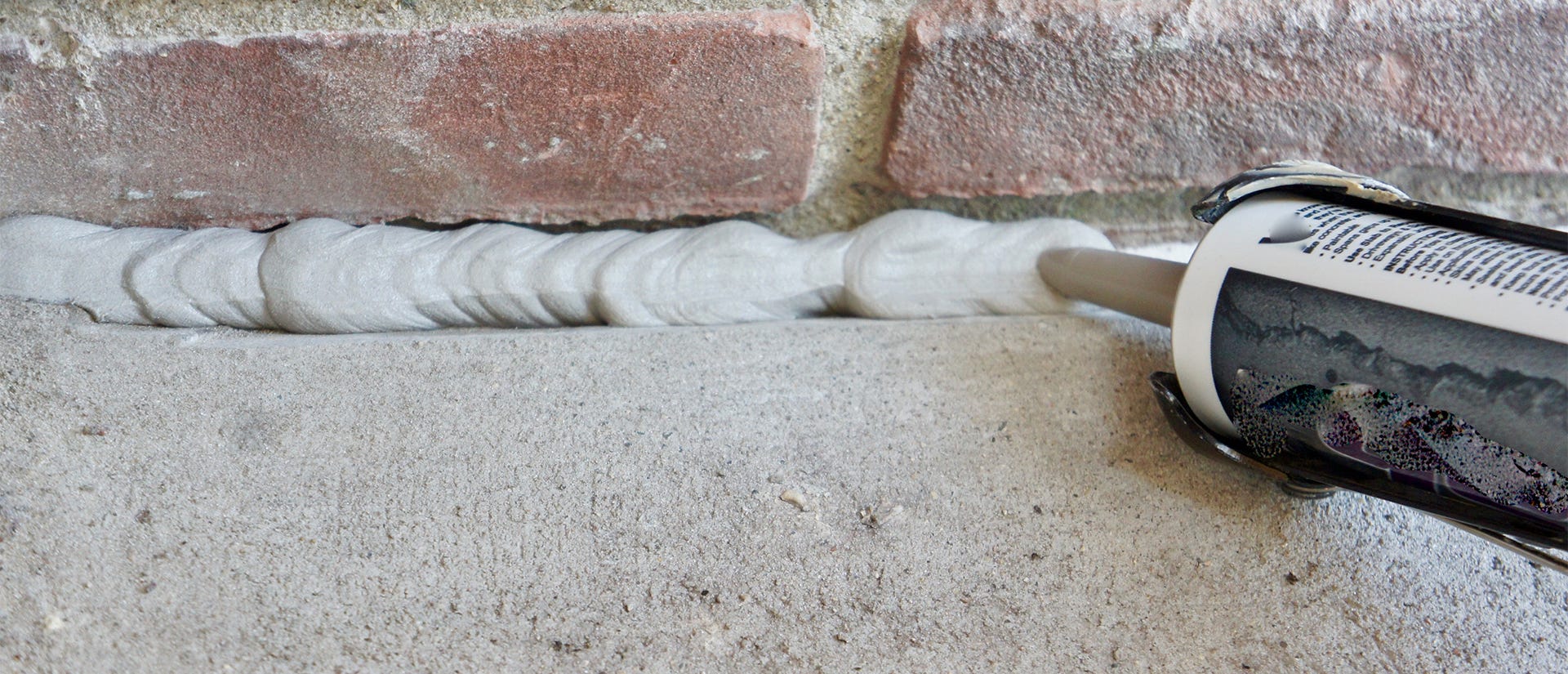
Home and Landscape Tips
You can take steps around the home and yard to prevent roof rats from entering your home. Start with sealing entries in the home, then:
- Use caulk to fill in any cracks or crevices around the home that measure 0.25 in or larger
- Place screens over roof vents and attic turbine ventilators
- Use a chimney cap or screen to protect your fireplace
- Look for and block entryways under sinks, near washers, dryers, dishwashers & hot water heaters
- Always shut doors when exiting your home
- Make sure all window screens are in good condition
You can do some simple landscaping to prevent roof rats from gaining entry to your home. For example, prune back tree branches or limbs near your home within three feet of your roof. Keep palm trees trimmed and take down vines or shrubs growing against or near the home. Thin out bushes near your house to discourage rats from using them as cover.
Homes that have attics or other high places are more prone to roof rat infestations because they prefer to live above ground. Some other things that can attract roof rats to your home include:
- Heavy shrubbery
- Palm trees
- Yucca plants
- Honeysuckle
- Wood piles
- Storage boxes
Get Rid of the Roof Rats in Your Home Today
You don’t have to live with rats that can carry disease and damage your home. Look through our rat control options to get rid of the roof rats in your home or business. You can also subscribe to the Victor® eNewsletter for money-saving deals to help you with a rodent problem as well as links to helpful articles like this one.


